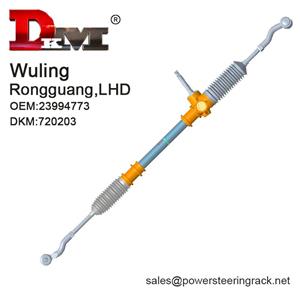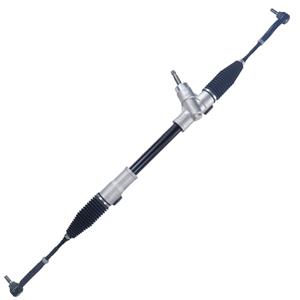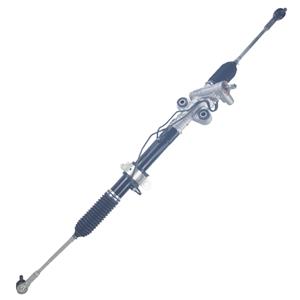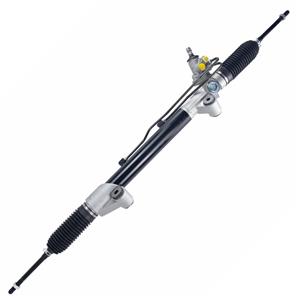-
If the hydraulic oil is not replaced or cleaned in time, it may cause wear, corrosion or blockage of components such as the steering pump and steering rack, which will affect the normal operation of the steering system. Therefore, regular replacement of hydraulic oil and cleaning of the hydraulic system have become necessary measures to ensure the efficient operation of the hydraulic power steering system.
-
Hydraulic power steering system is one of the earliest technologies to replace traditional rack and pinion steering systems. The system greatly reduces the force required by the driver to turn the steering wheel through the pressure provided by the hydraulic pump, thereby improving the comfort of control.
-
The hydraulic fluid used in hydraulic power steering systems must have specific properties to ensure smooth operation and long life of the system. Hydraulic fluids are mainly divided into the following types: 1. Mineral Oil 2. Synthetic Hydraulic Fluid 3. Semi-Synthetic Hydraulic Fluid 4. Specialty Hydraulic Fluids
-
Electric power steering system (EPS) is one of the most commonly used steering system types in the world. Unlike traditional hydraulic power steering system, electric power steering system directly provides steering assistance through electric motor.
-
some manufacturers recommend replacing the steering fluid every two years or every 40,000 to 50,000 kilometers. Owners should first refer to the recommendations in the vehicle manual and follow their instructions for replacement.
-
Advantages of hydraulic power steering system: Provides stable and powerful steering assistance Sensitive feedback and precise control Strong adaptability, suitable for a variety of vehicles High stability and reliability Relatively low cost Disadvantages of hydraulic power steering system: Low fuel efficiency Large volume and increased weight Complex maintenance and many vulnerable parts Inferior control feel to mechanical steering High noise
-
0301-2025
Why do hydraulic oil contamination and steering pump degradation damage the steering rack?
The steering pump is responsible for providing sufficient pressure to the entire hydraulic system to ensure that the hydraulic oil can effectively push the steering rack. However, when the performance of the steering pump declines, the flow rate and pressure of the hydraulic oil will be affected.
-
The reasons for stiff power steering are: 1. Insufficient or leaking hydraulic steering oil 2. Power steering pump failure 3. Steering rack wear or damage 4. Hydraulic oil quality problems 5. Belt problems 6. Air entering the hydraulic system 7. Tire problems
-
1612-2024
How can I make my power steering softer?
If your vehicle is equipped with a hydraulic power steering system, the condition of the hydraulic oil is crucial. Over time, the hydraulic oil may become dirty, lose viscosity, or even bubble, resulting in a decrease in the efficiency of the steering system. Therefore, regularly checking the quality of the hydraulic oil is the key to maintaining soft steering.
-
The most common way to drive the power steering pump is through the engine's belt system. Traditional hydraulic power steering pumps are usually driven by the engine's belt. The engine belt is connected to the crankshaft of the engine. As the engine runs, the belt drives the shaft of the power steering pump to rotate, so that the pump works.




